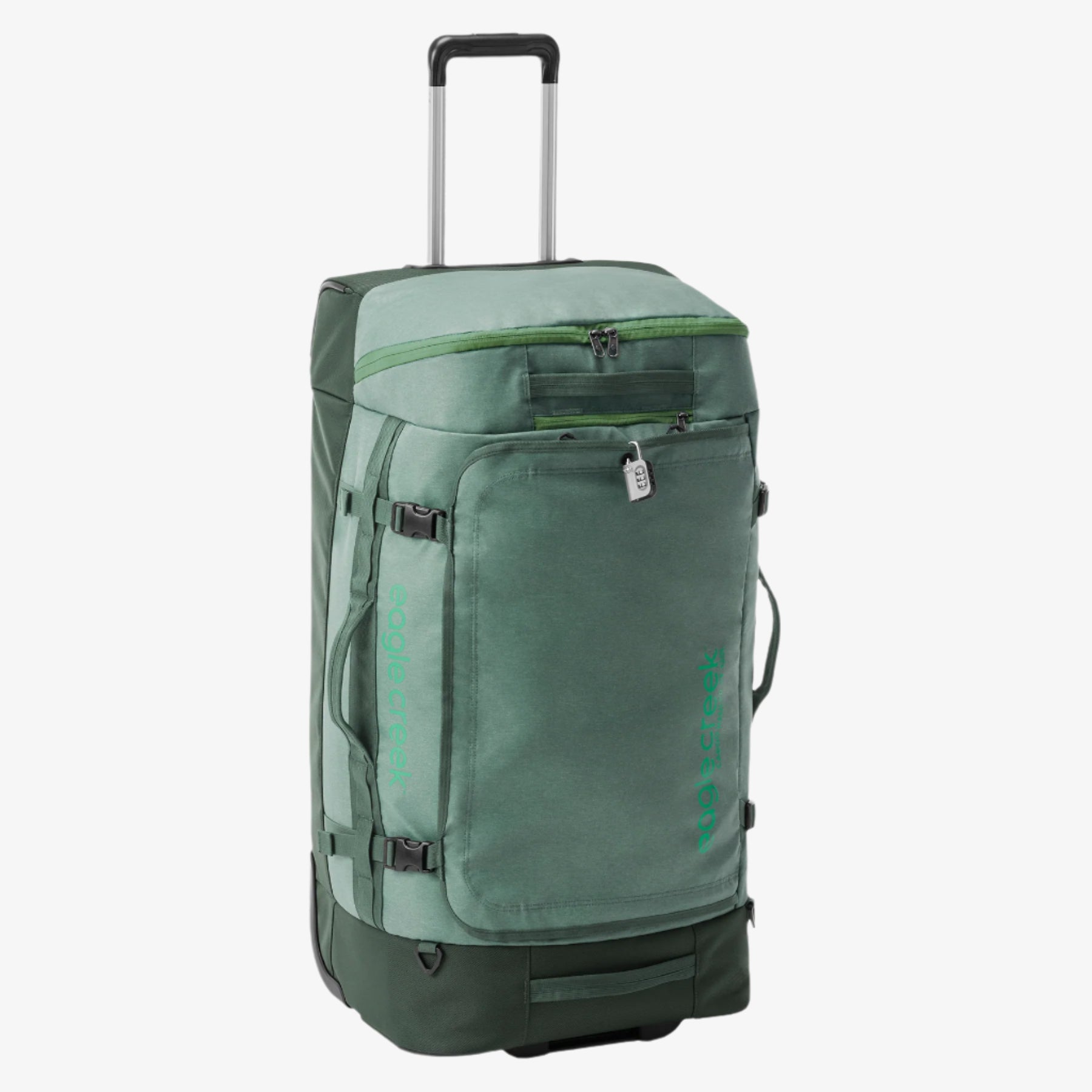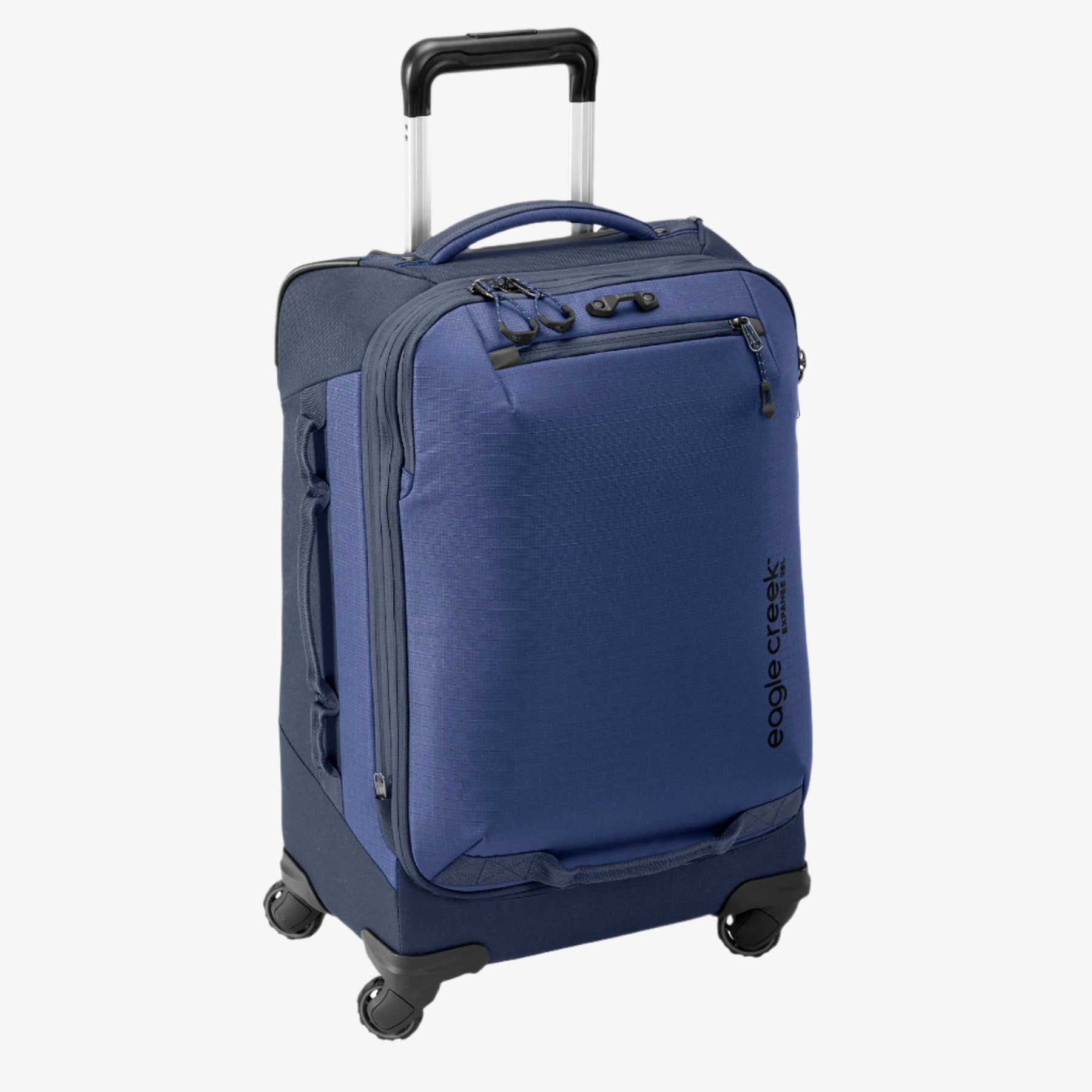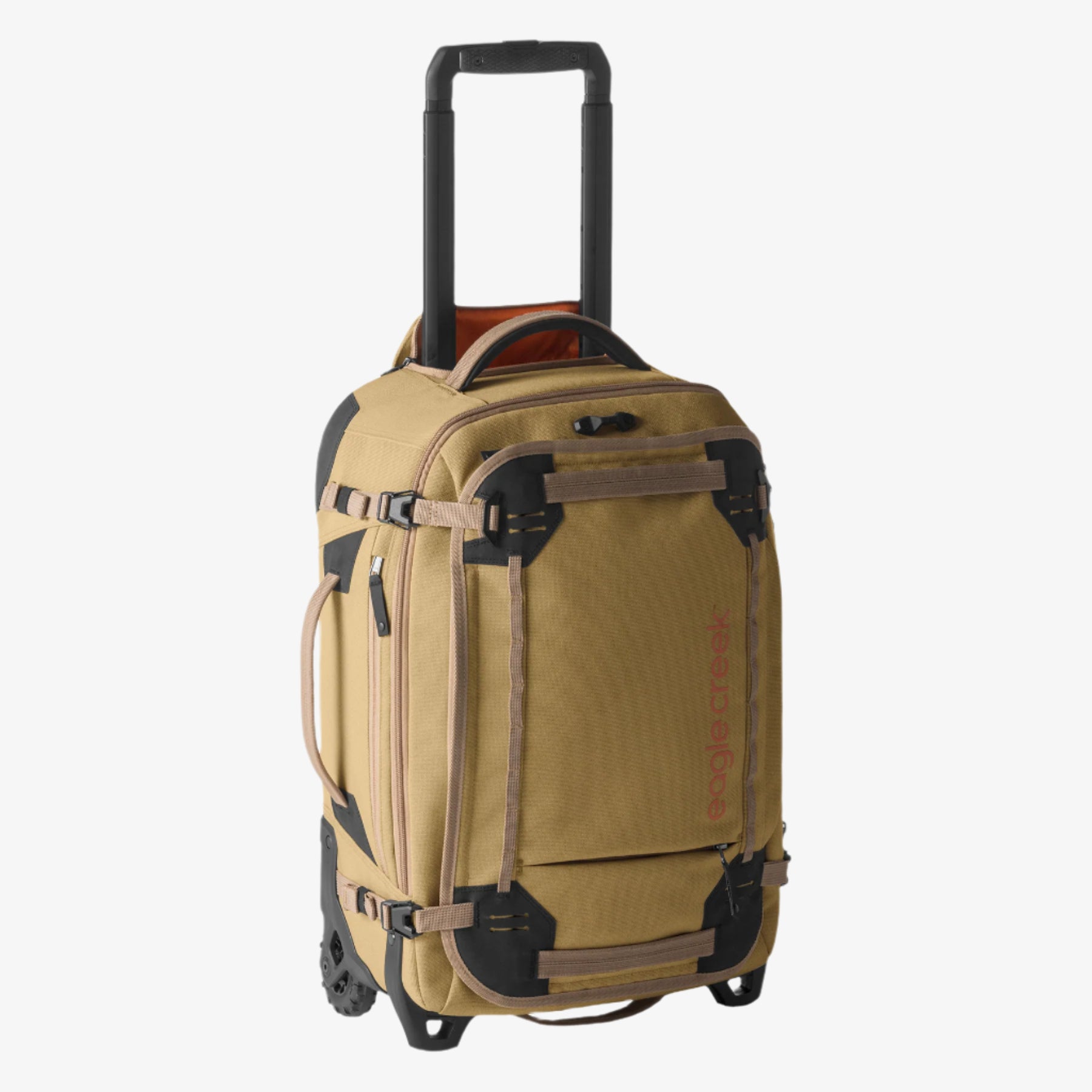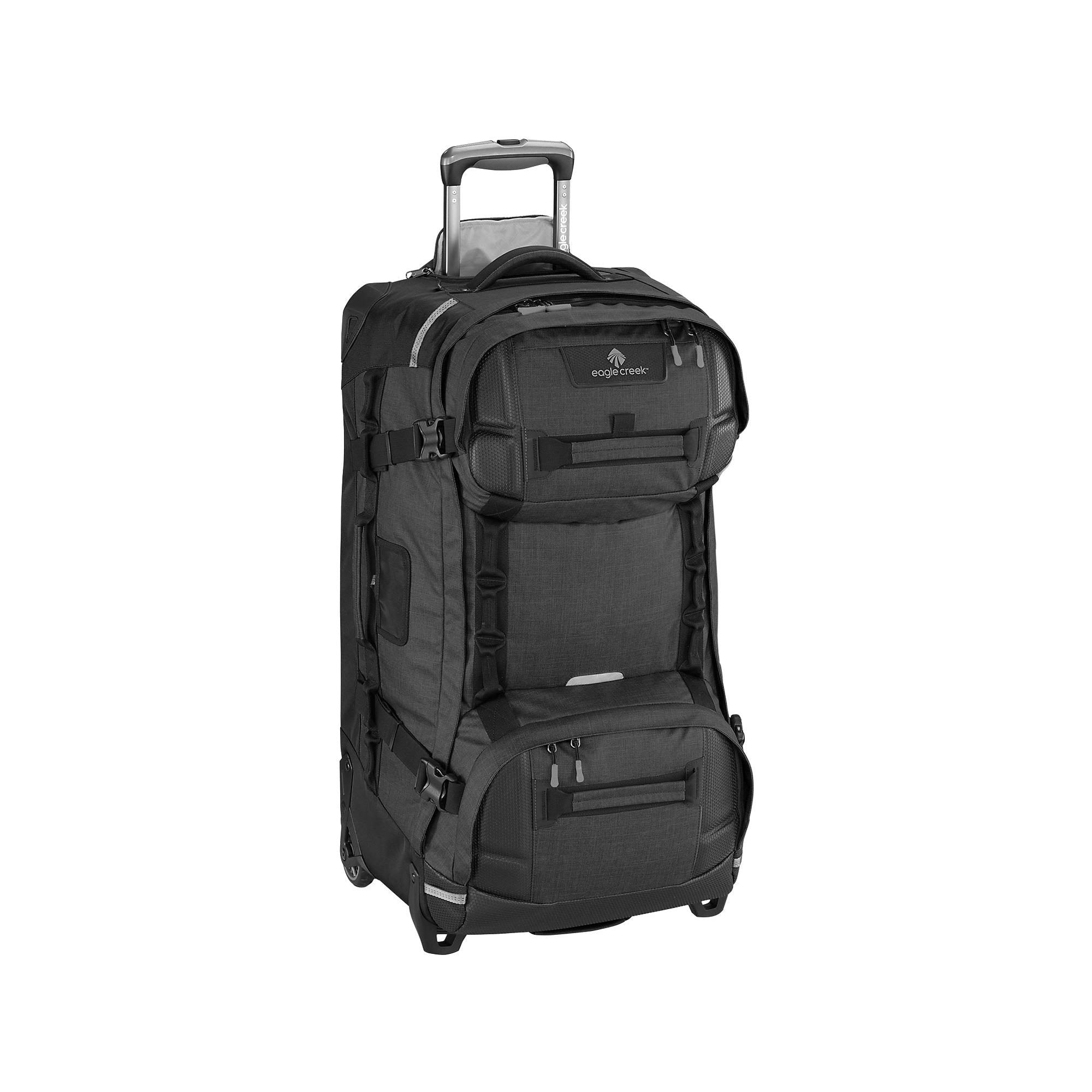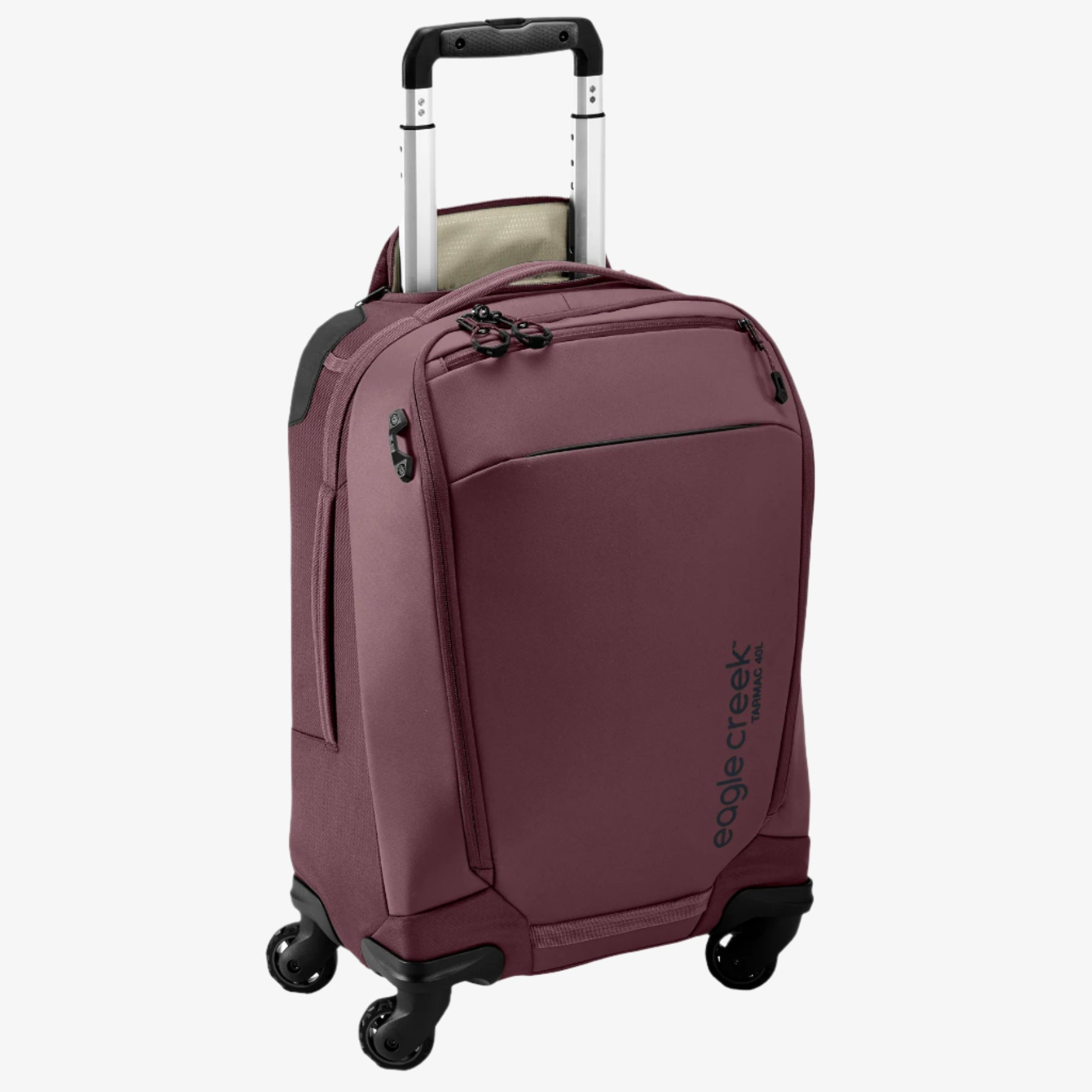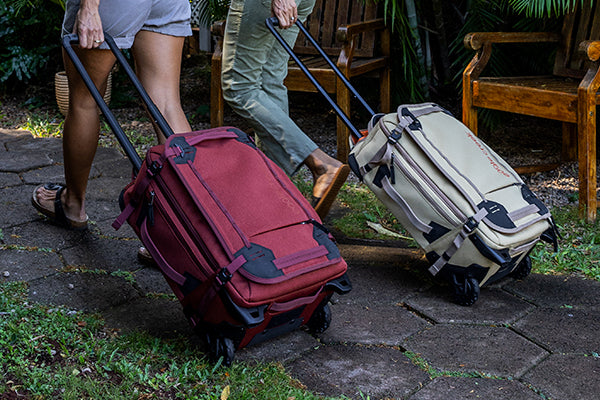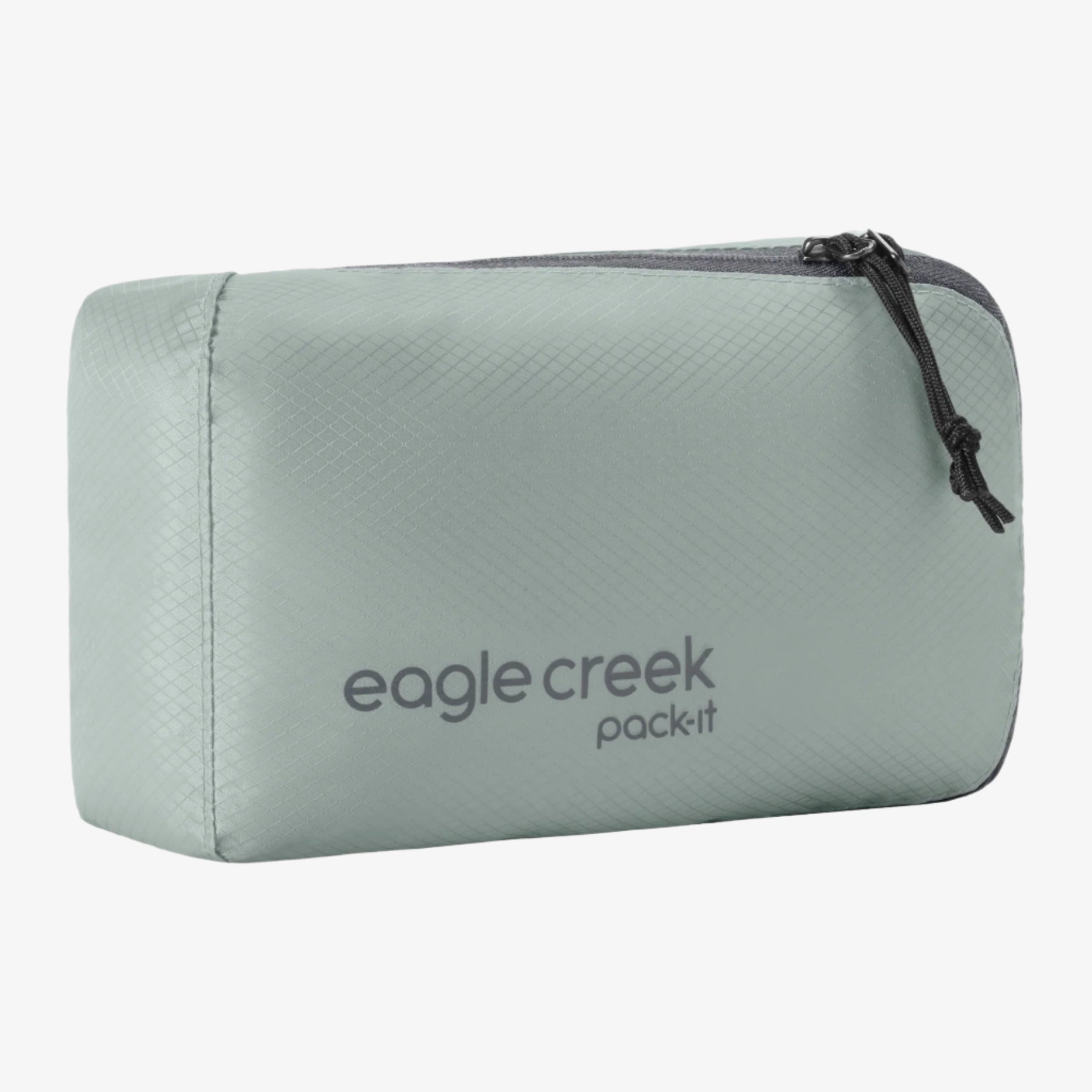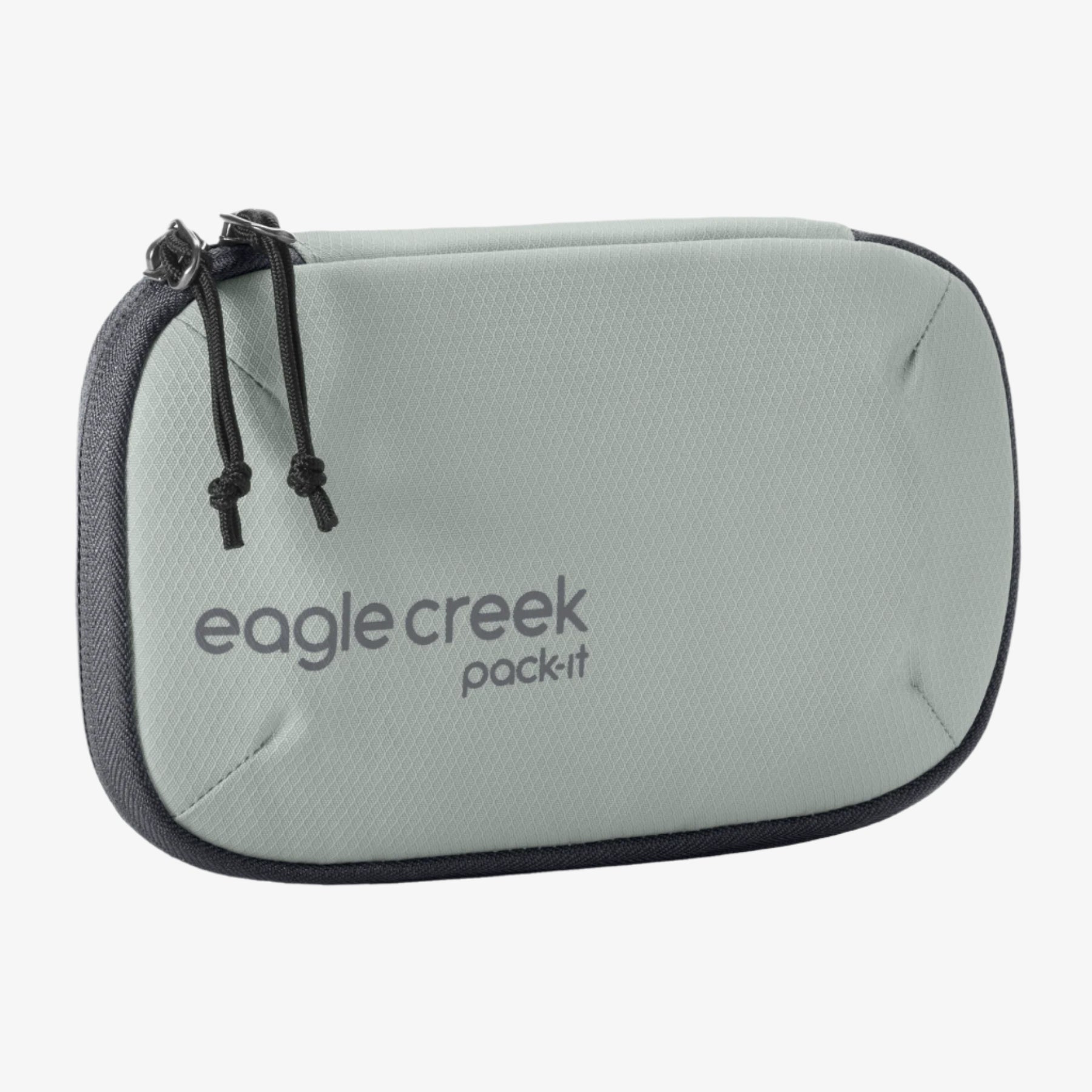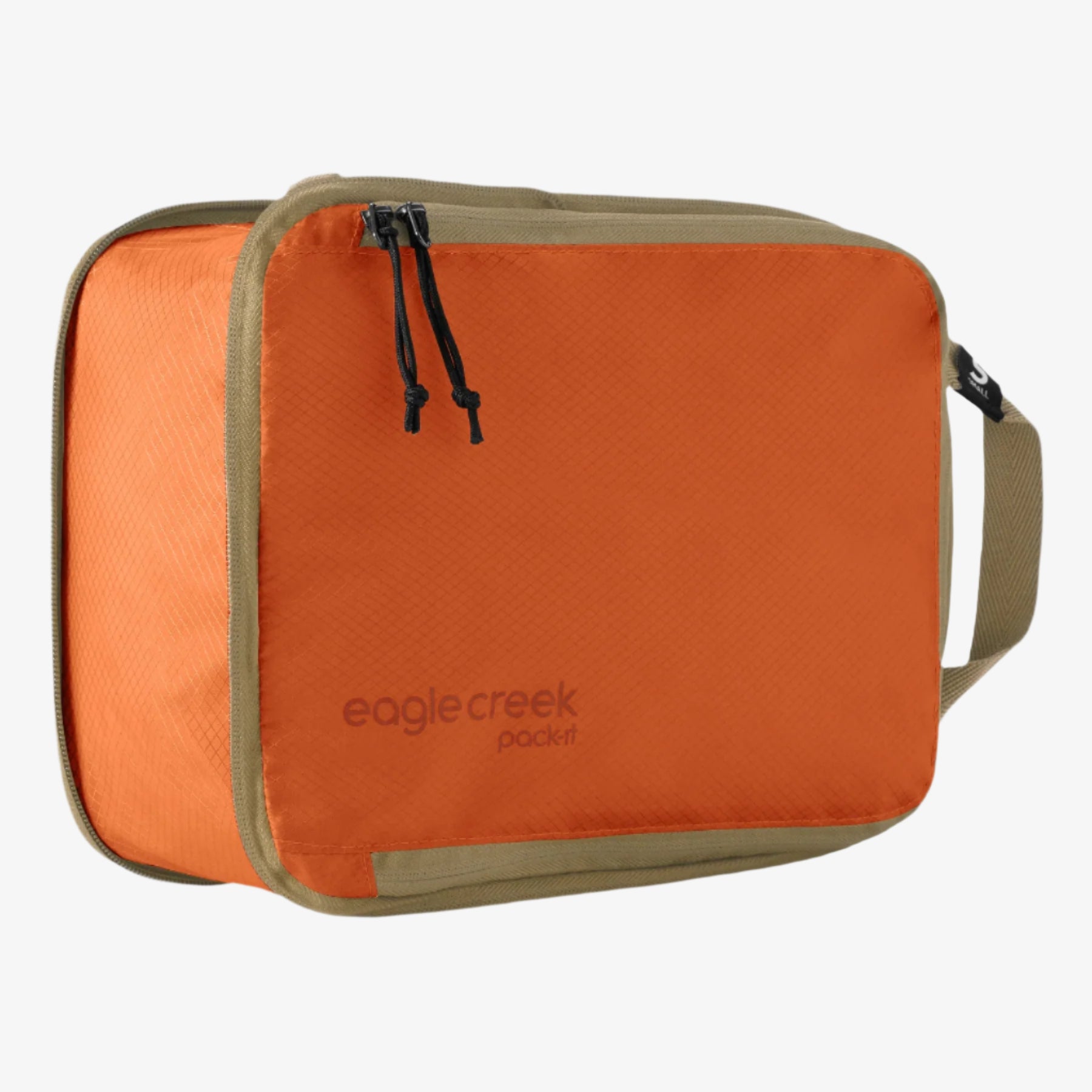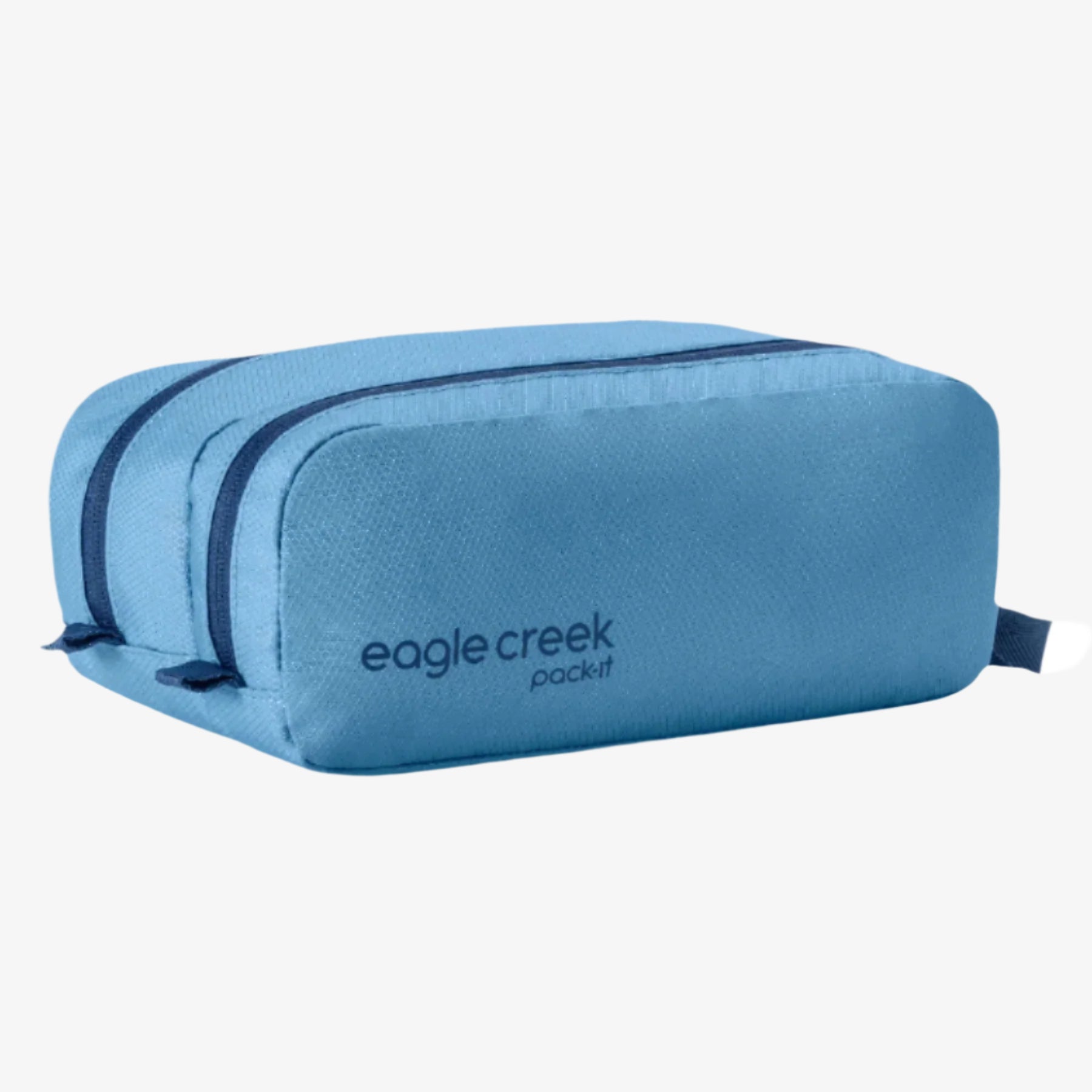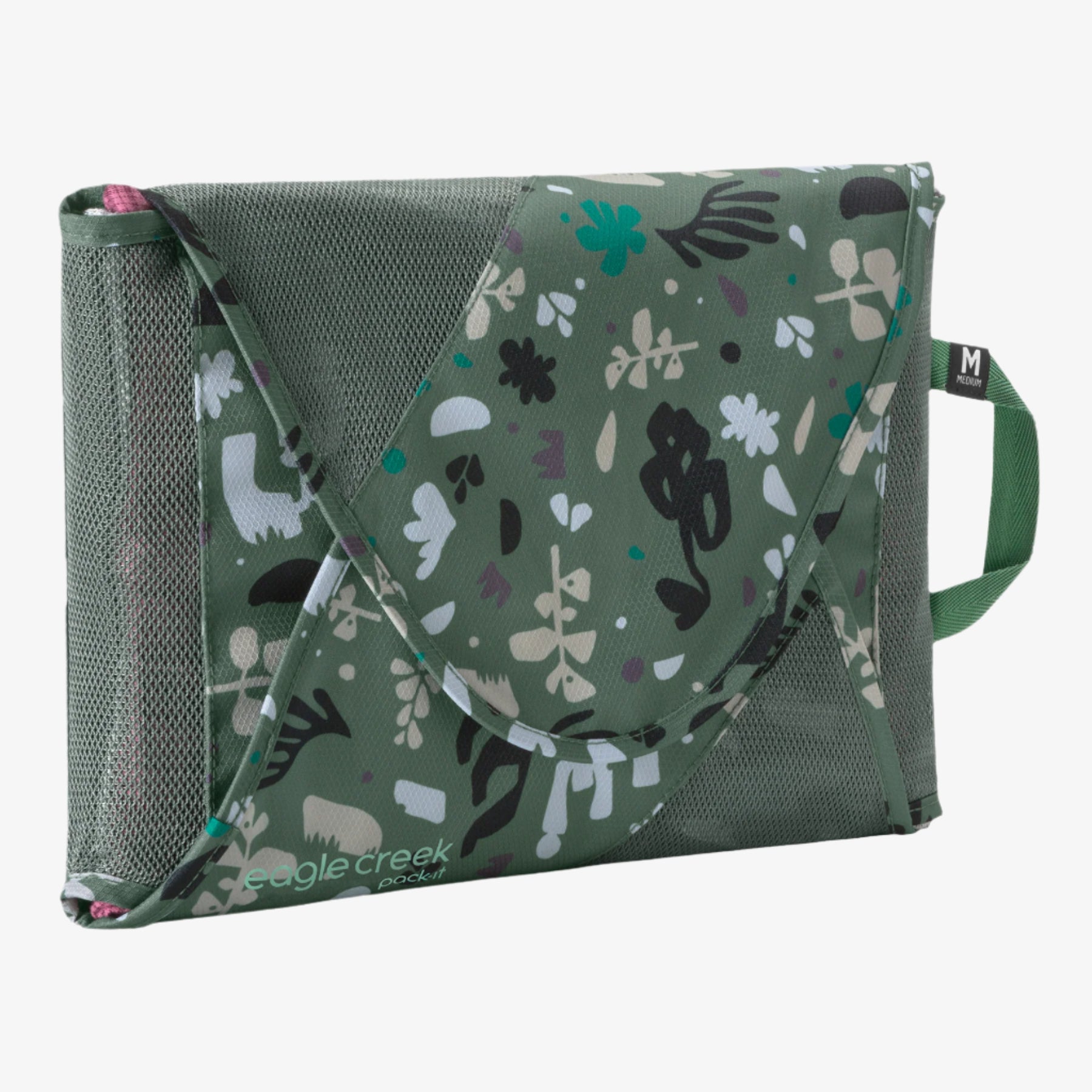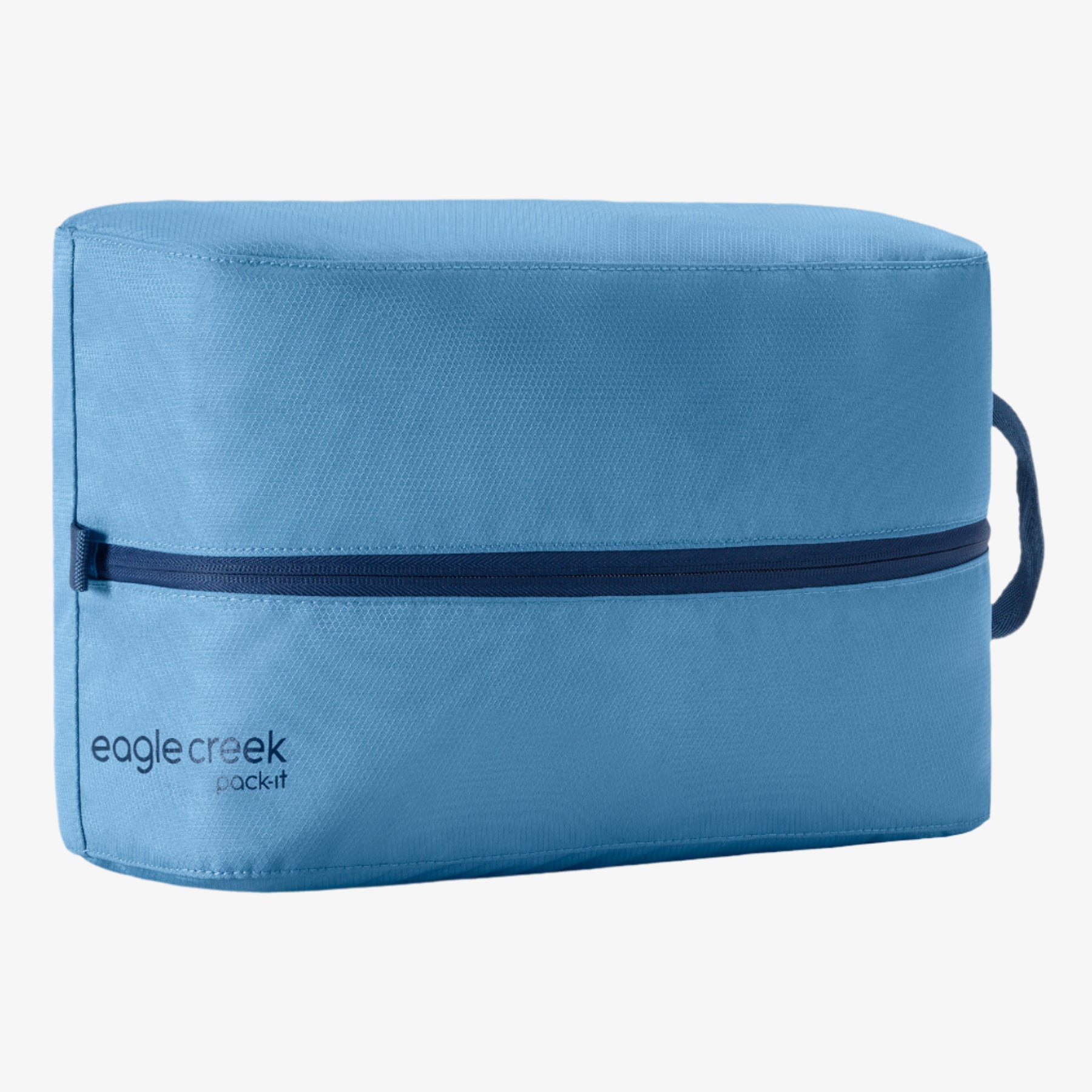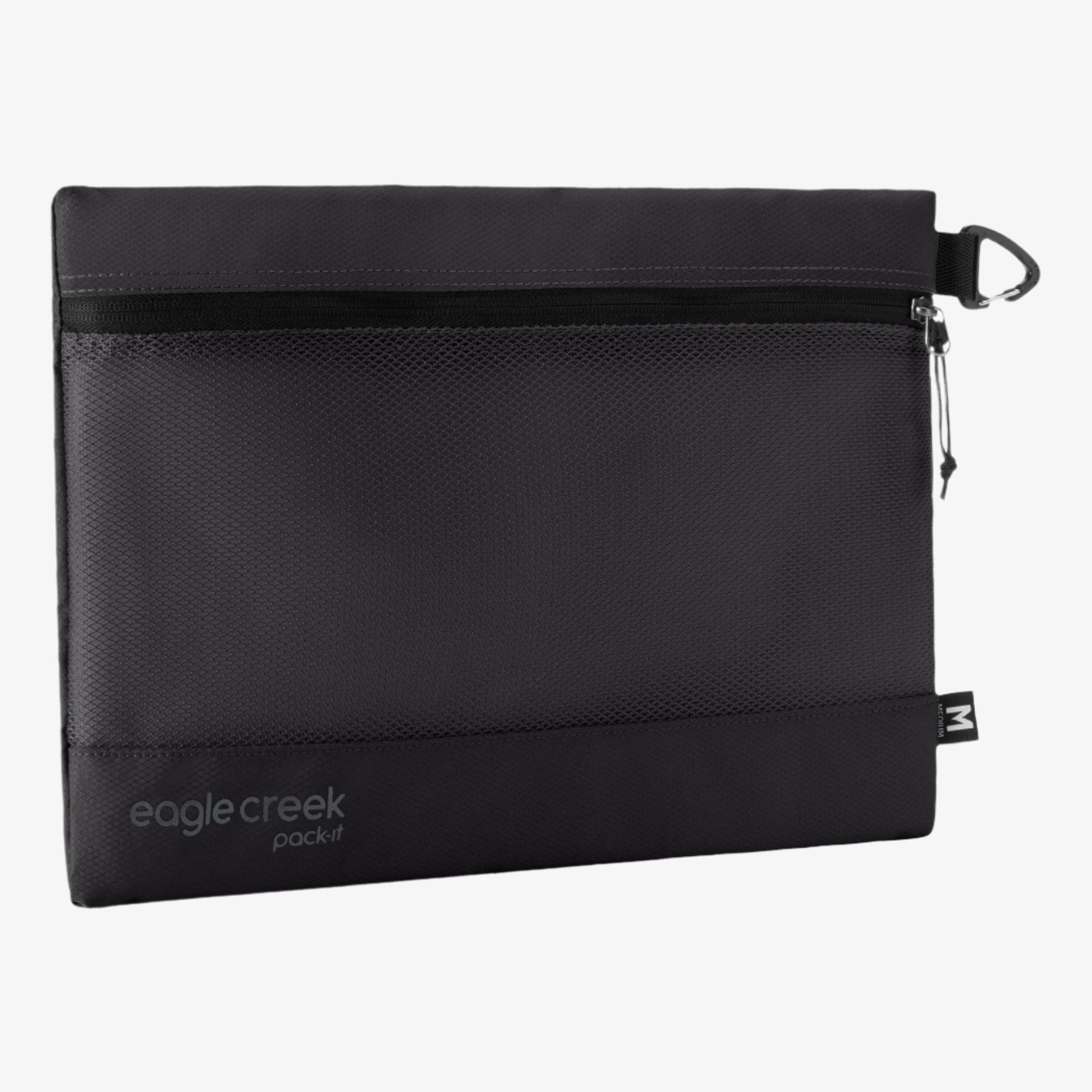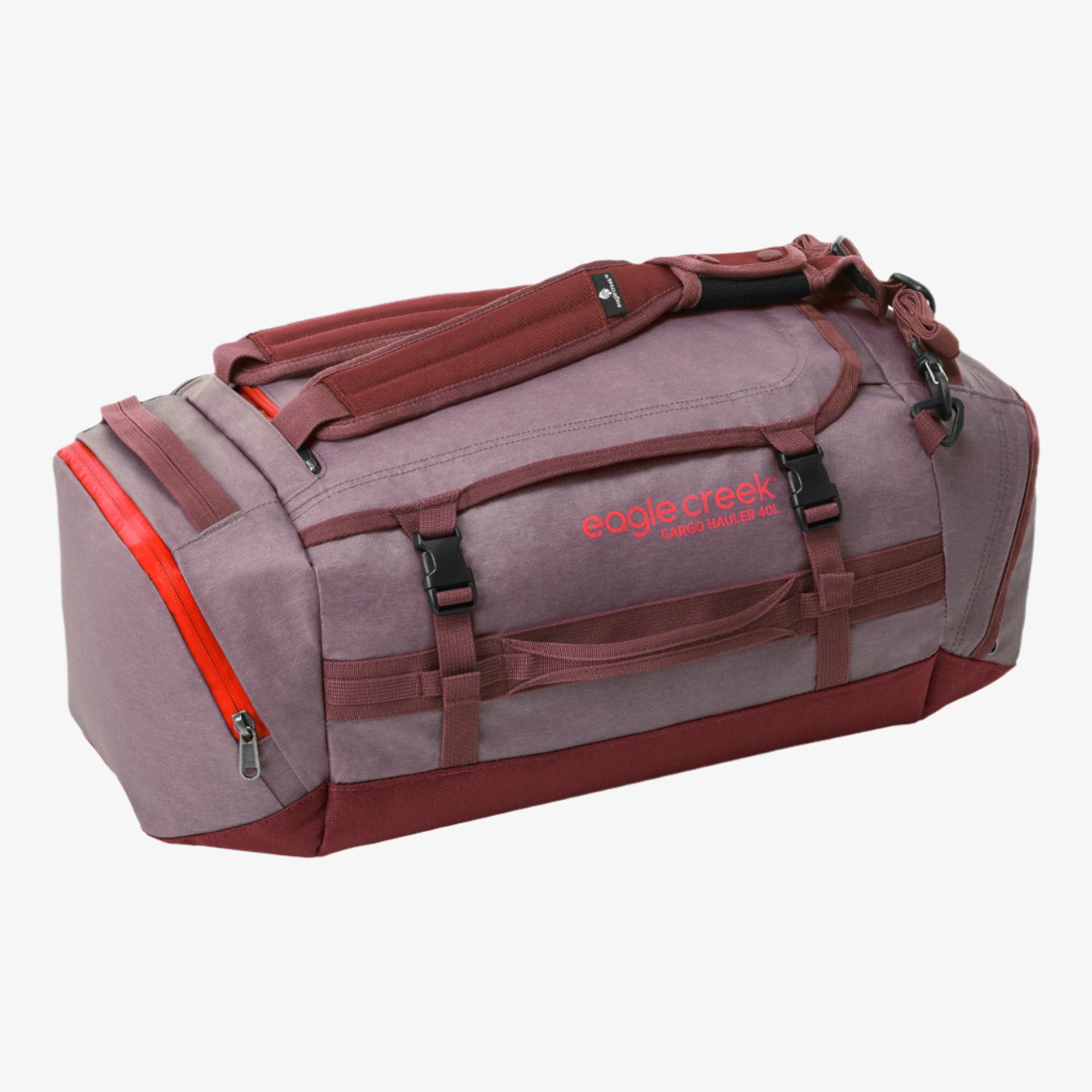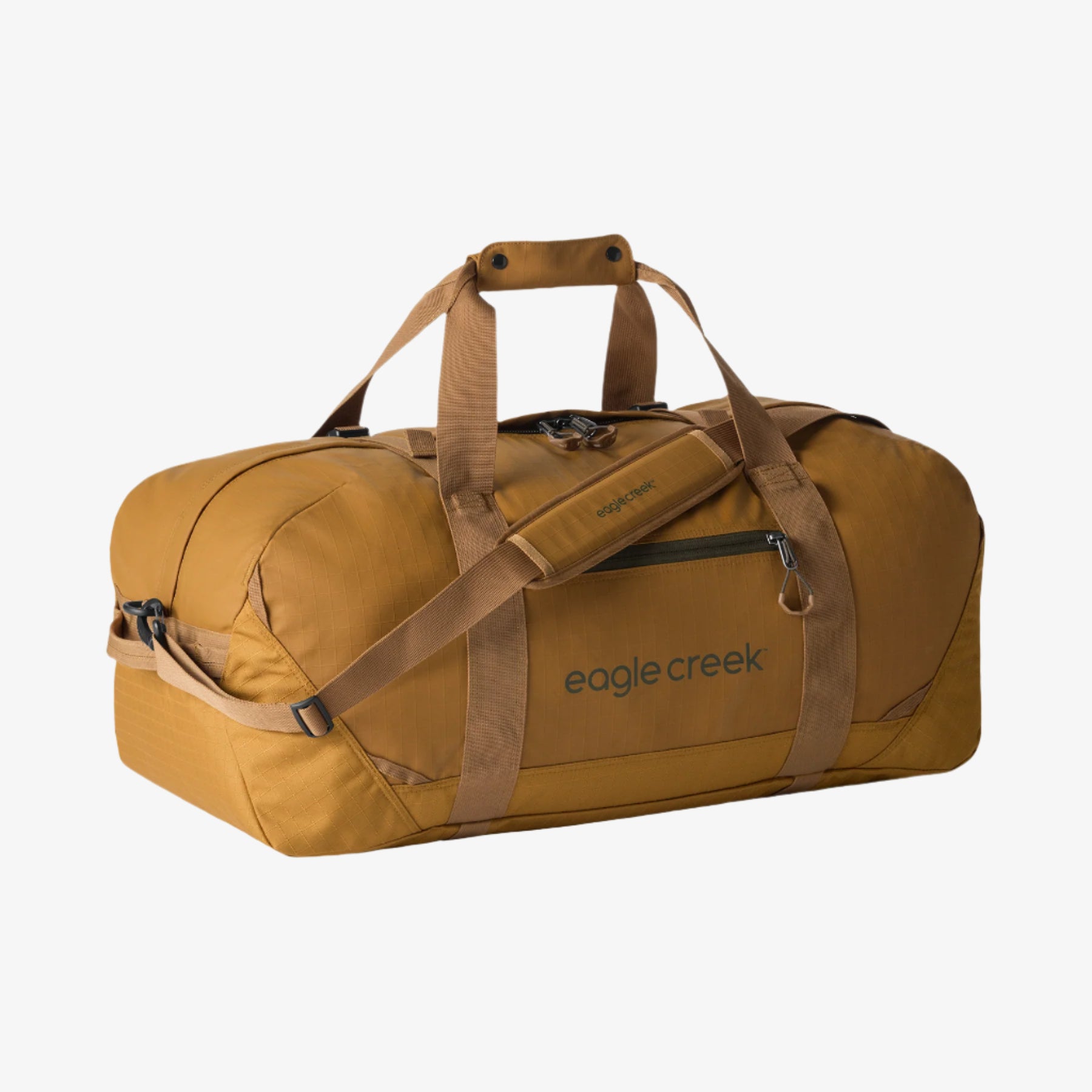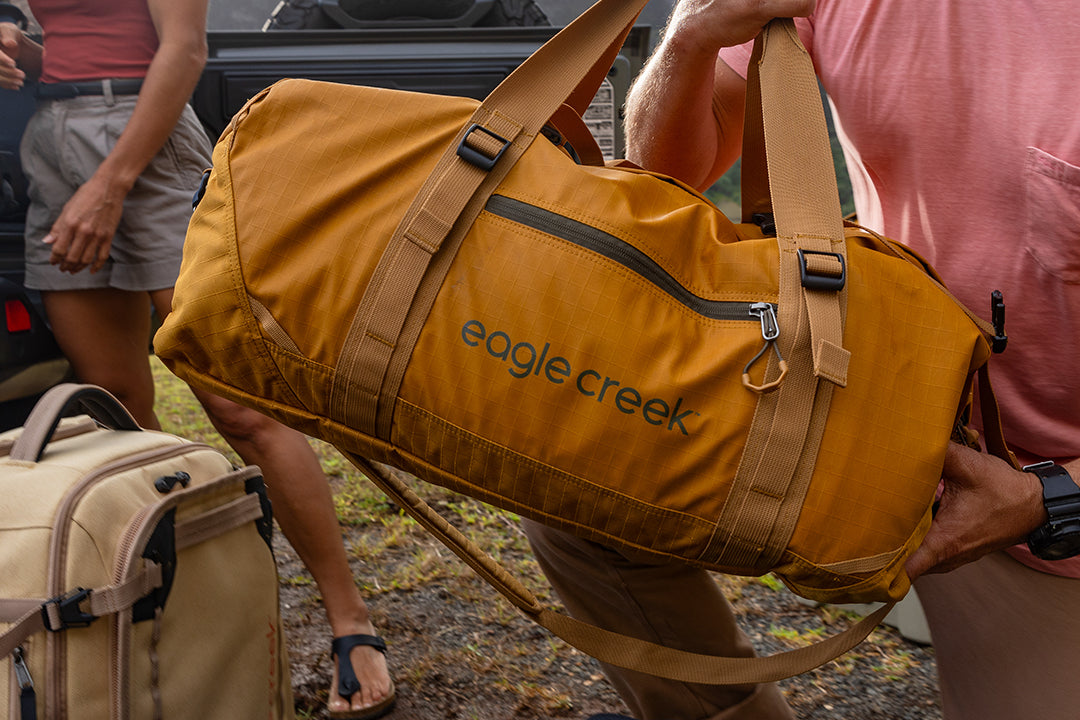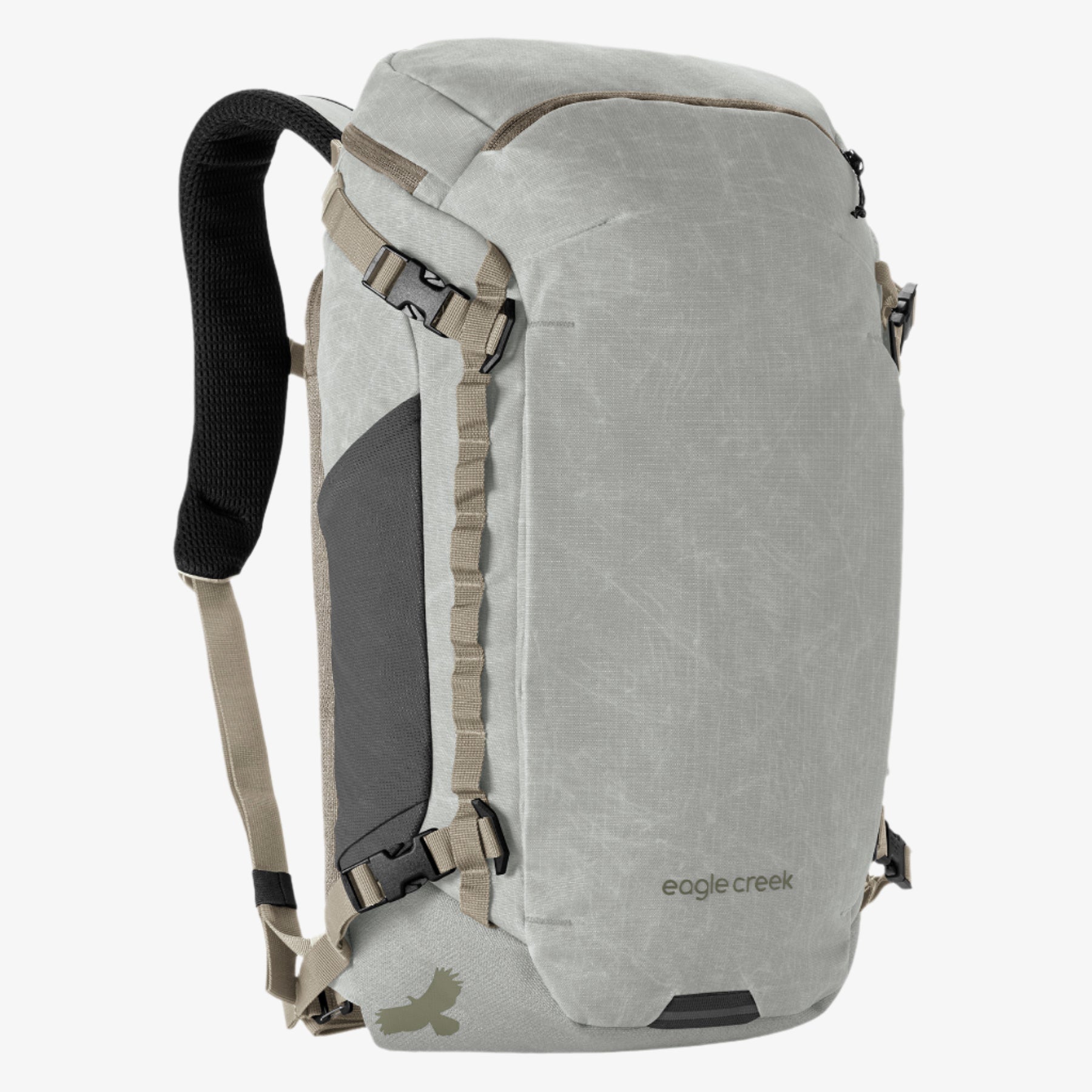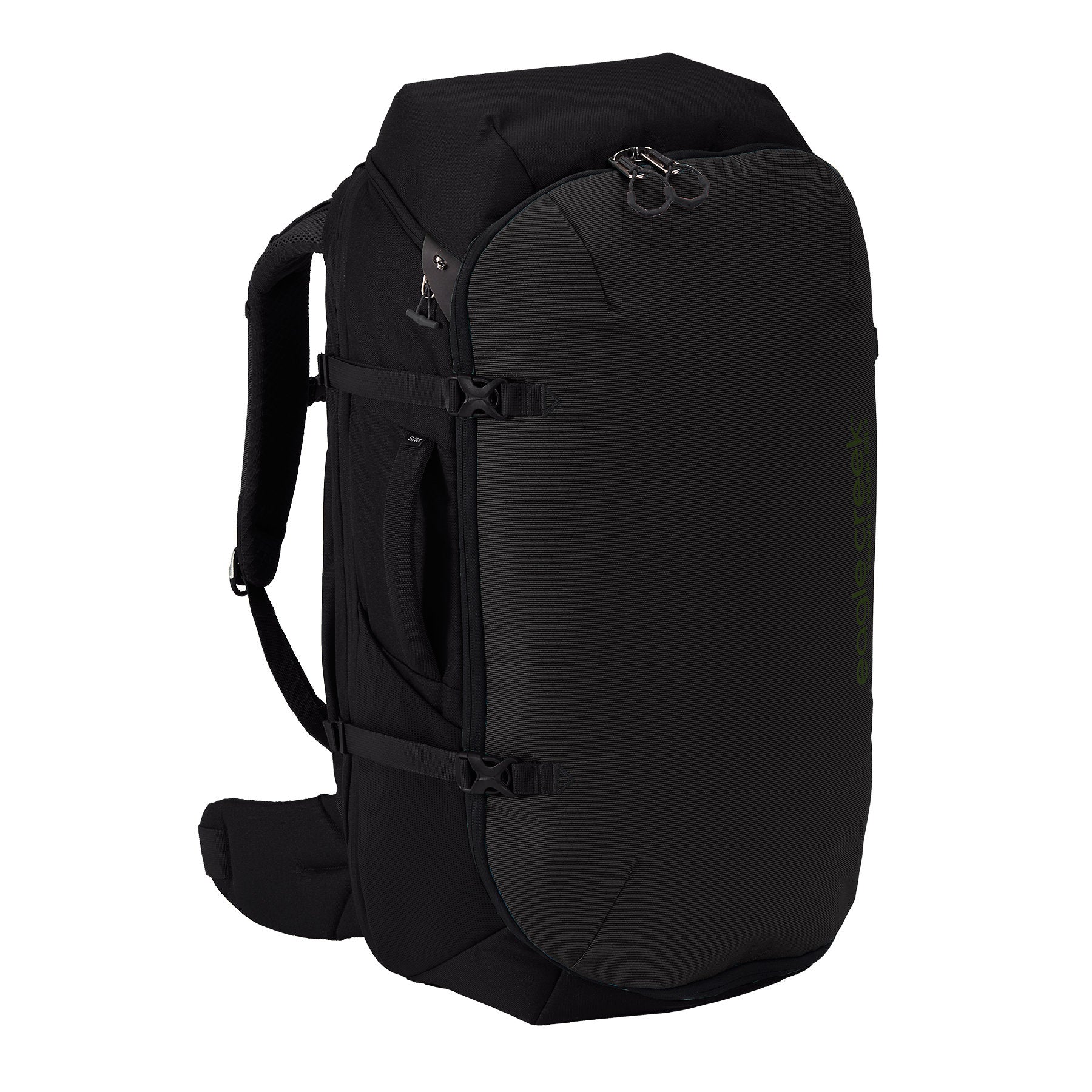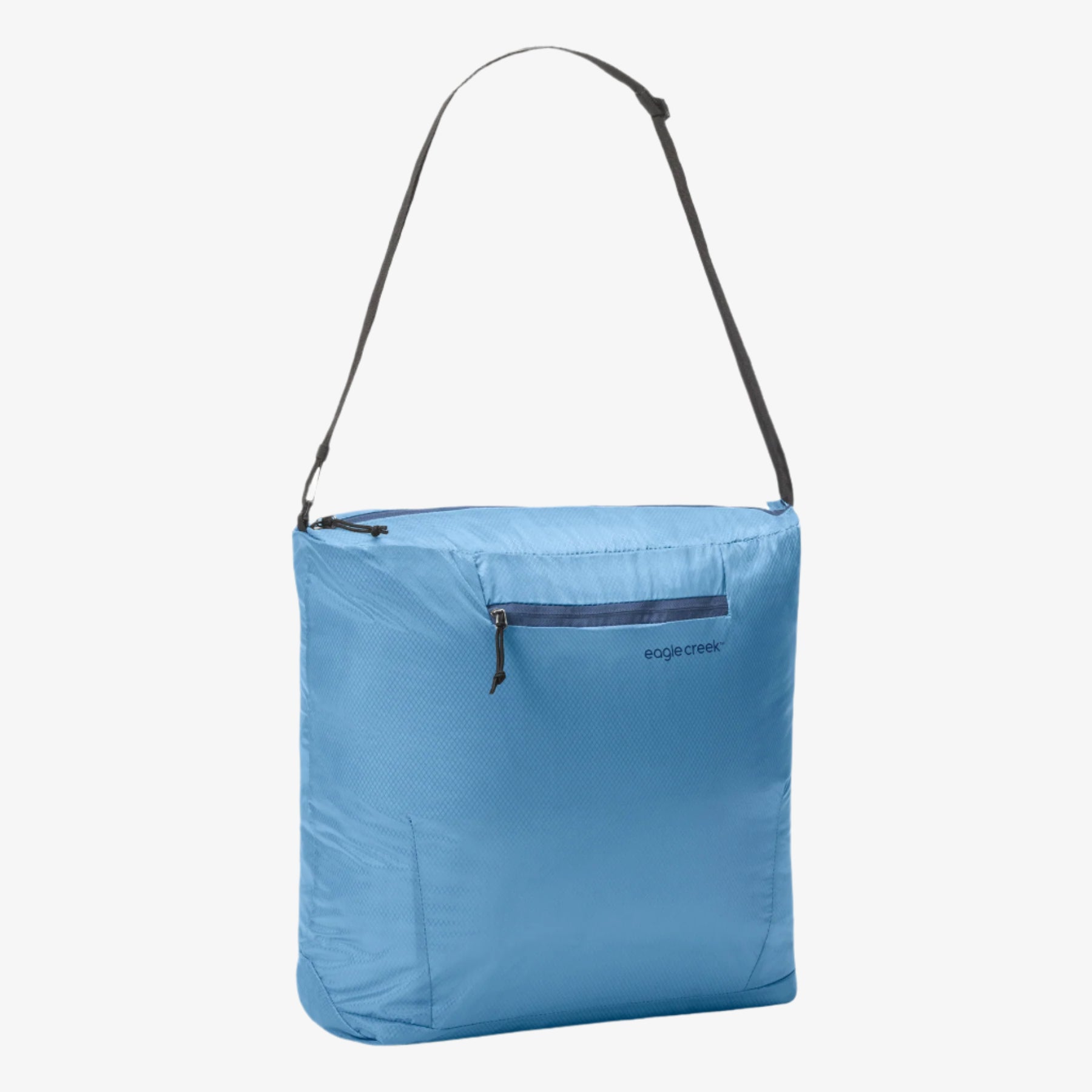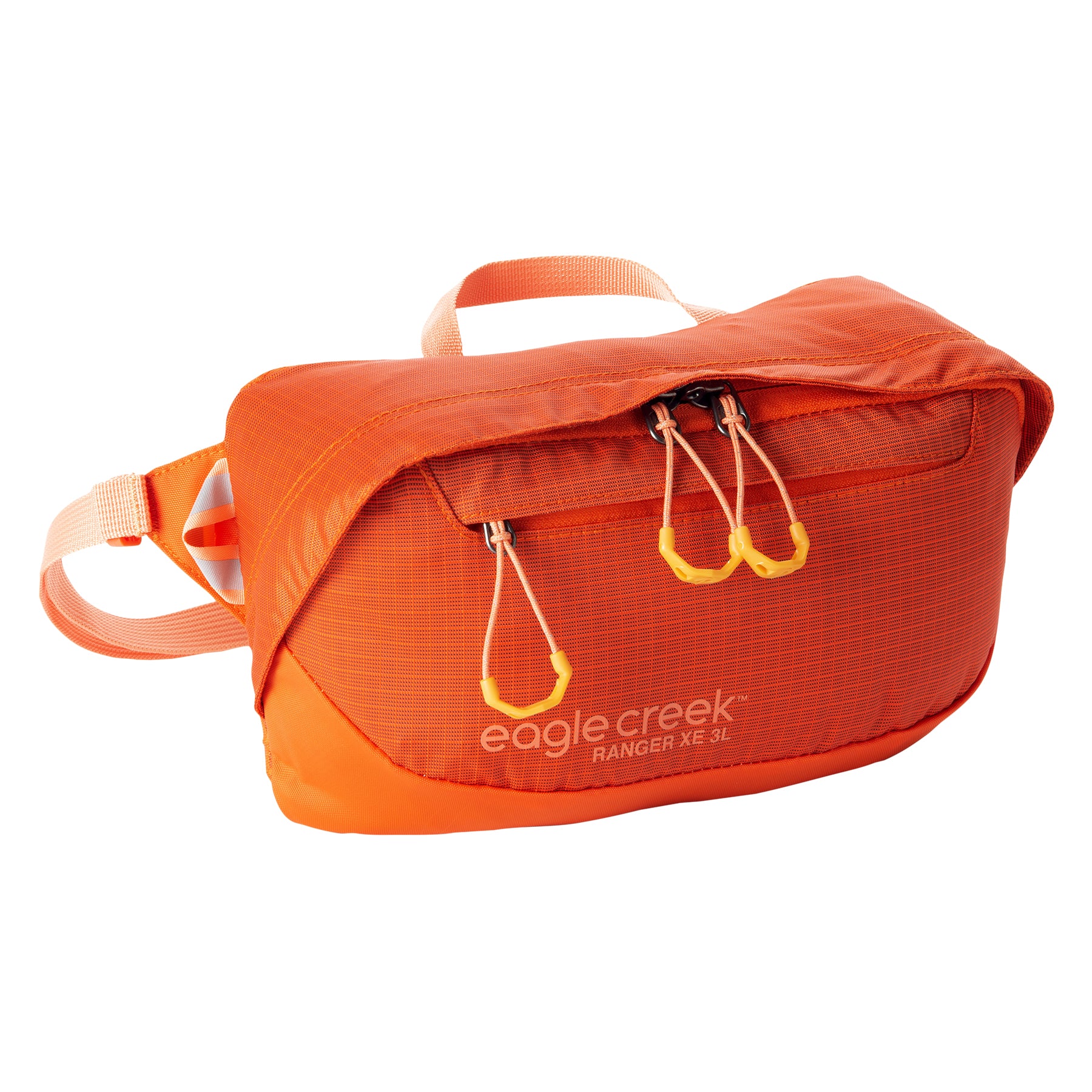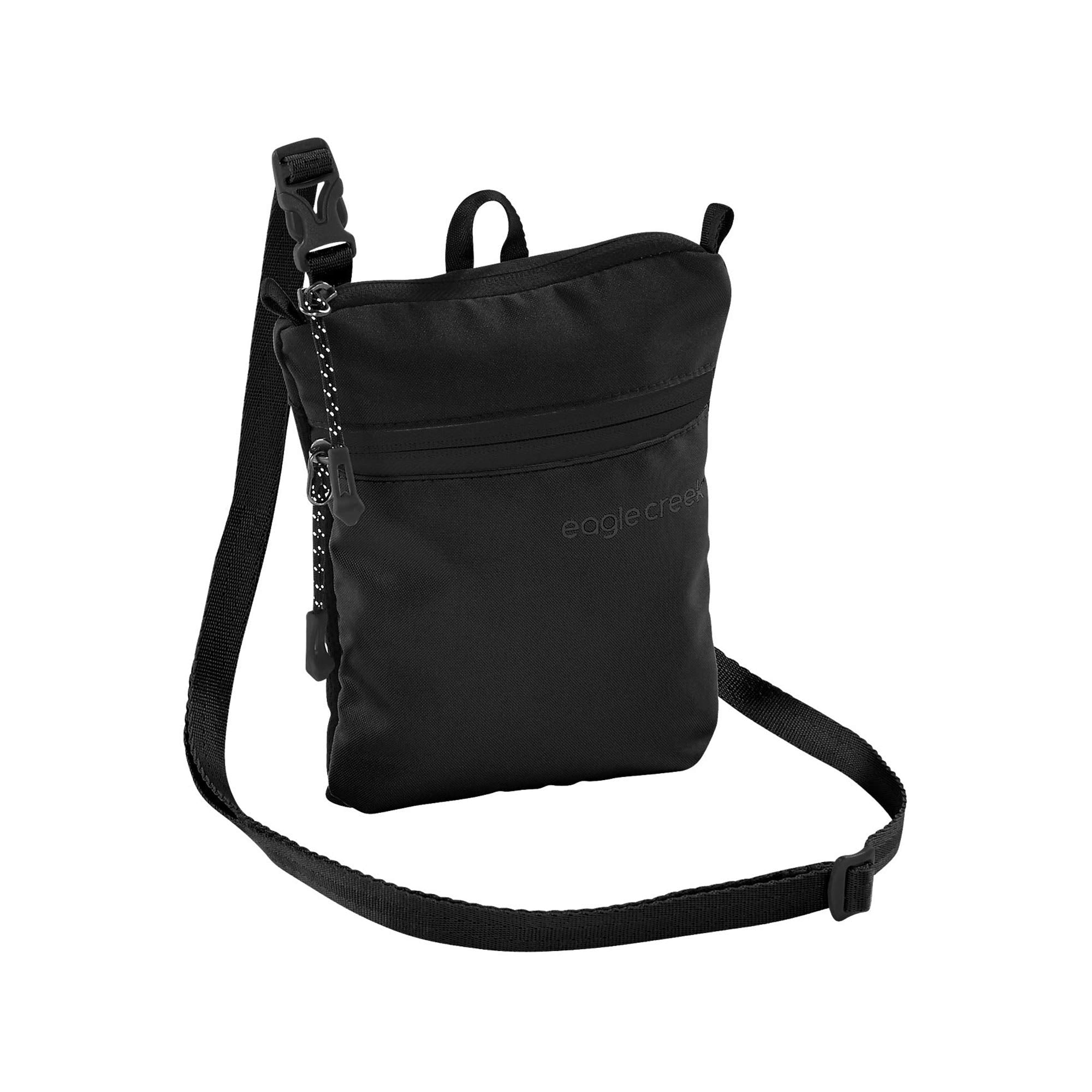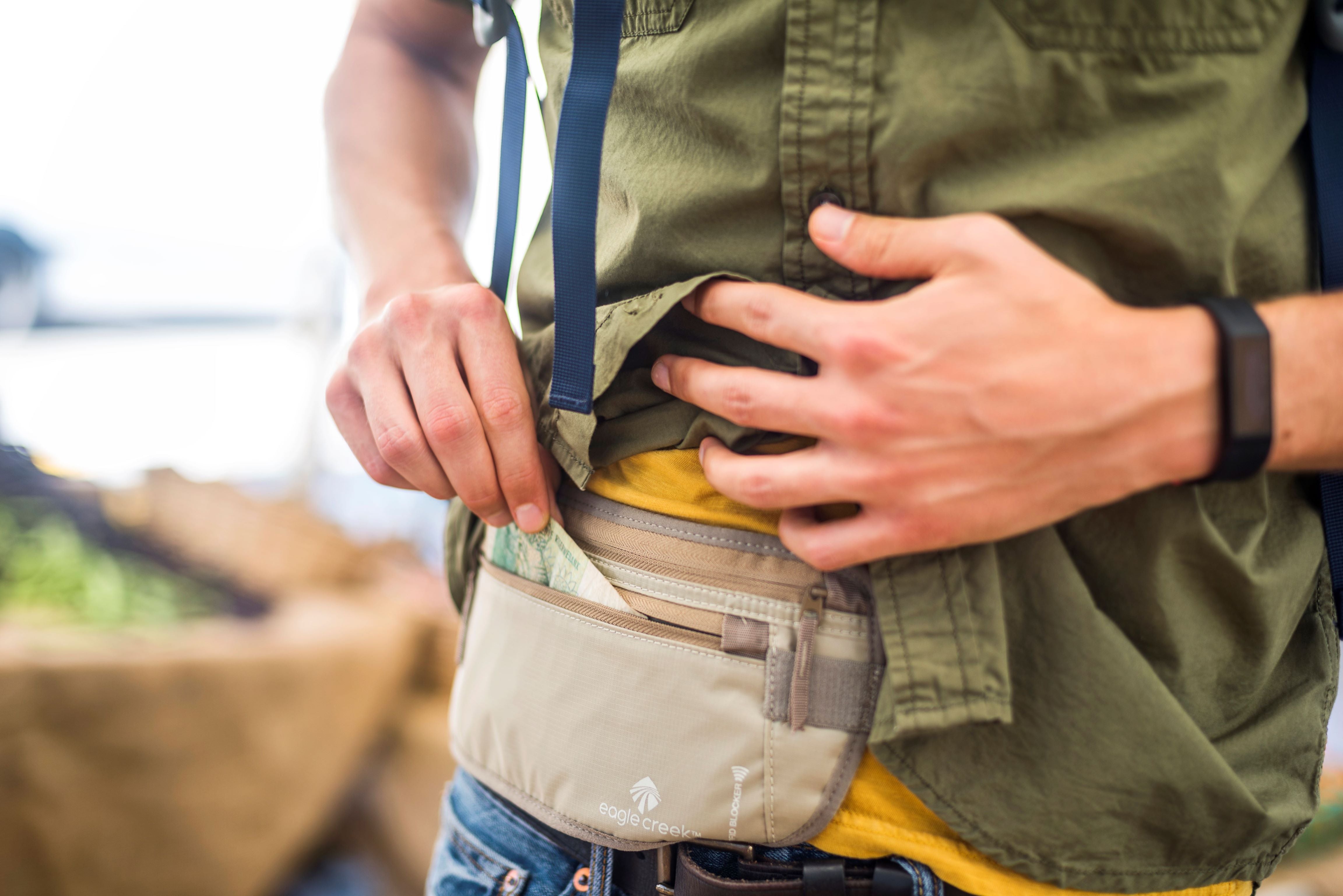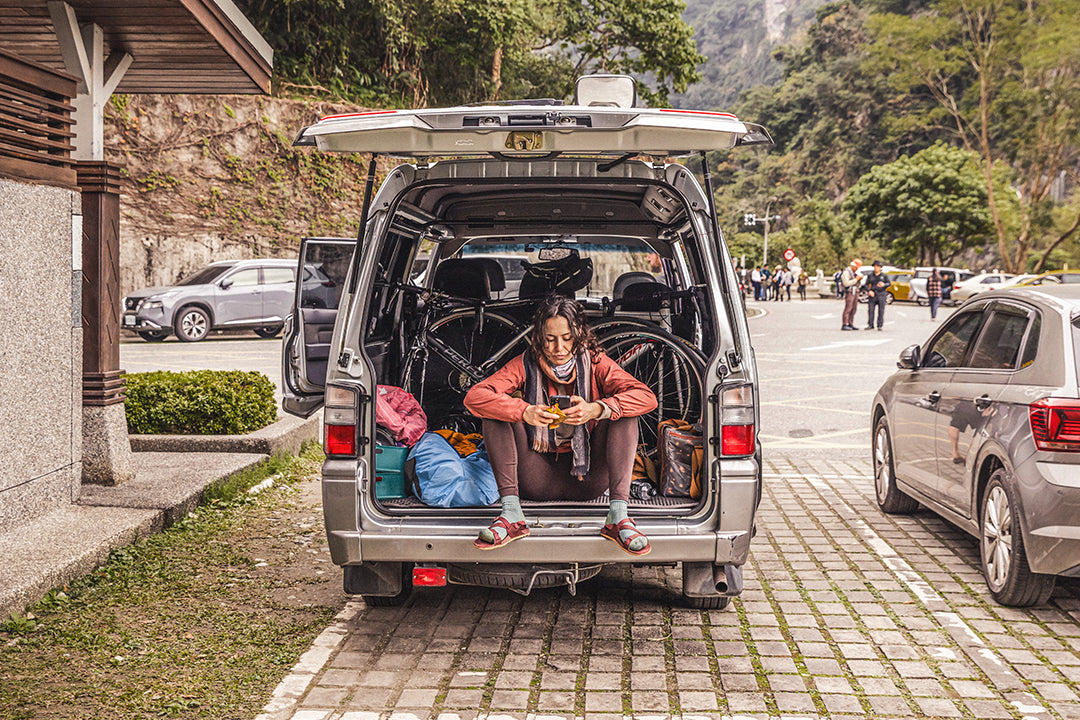FIND OUT HOW CLEANING AND STORING YOUR BAGS PROPERLY CAN HELP MAKE THEM LAST LONGER.
Ever buy a brand new travel backpack or rolling suitcase and notice that it’s torn, dirty or stained (or worse—stinky!) just a few vacations later? For those of us who lament the loss of that “new luggage look,” there’s good news. There are easy ways to protect your bags so that they look (and smell!) close to how they just came off the store shelf. Just follow these guidelines to carefully clean and store your travel bags, suitcases, and backpacks so you’ll have them looking good for many years to come.
- Clean Your Luggage Properly Just as you launder your clothes, it’s critical to clean your baggage regularly—otherwise dirt and grime will contribute to the degradation and abrasion of the fabric and wear it out more quickly.
- Avoid the washing machine. Though it might seem like a quick fix, don’t toss your bag into a washing machine (unless, of course, the care tag tells you to do so). Most wheeled luggage will not fit and for the reason that hot water, bleach, and detergents can all irreparably damage your gear. Stay away from pre-soaking solutions and spot removers for the same reason. Using solvents could void your warranty. Wash the exterior and interior by hand Always use a non-detergent soap (dishwashing liquids typically contain detergents, but powdered soap flakes typically don’t) and clean the exterior of the product with warm water and a sponge. Don’t forget to remove sand, grit and dirt from the zippers, so they continue to work the way they should.
- Clean the interior gently To preserve the integrity of the fabric coating inside of the bag, the interior should be cleaned only with a damp cloth.
- Hang your bag to dry Stuff your travel backpack, gear bag or other soft luggage item loosely with crumpled-up paper to help it keep its shape and then hang it in the shade to air-dry. For wheeled luggage, leave it upright with the door open in the shade to air-dry. Store Your Luggage The Right Way If you carelessly throw your luggage into a closet or shove it underneath your bed, you’re not doing your gear any favors. Rough treatment only increases the chance that your bags will end up ripped, dirty, broken or misshapen. Instead, follow these quick tips to store everything properly:
- Inspect your bag before storing it. It’s important to make sure that your gear is clean and dry before putting it away. Mildew can grow on damp fabric, causing delamination (a breakdown of the bag’s materials) and foul odors (and there is no cure for mildew damage, unfortunately). If your bag has a polyurethane coating, moisture will cause it to soften and stick to itself through a chemical reaction called hydrolysis and then peel away from the fabric.
- Choose a cool, dry environment. Your luggage may be dry, but if you store it in a humid basement, attic or spot where it’s constantly hit with direct sunlight or extreme temperature changes, it isn’t likely to last as long. Choose an area of your home that is cool, dry, temperate and away from direct sunlight.
- Position it carefully. Folding a bag in an odd way might cause it to tear or become misshapen—and then it might not function correctly. Stuff softer gear bags with an old blanket or crumpled paper to help the bag maintain its shape. It may sound obvious, but don’t stick your suitcase underneath heavy and/or sharp objects that may permanently bend the frame or poke holes in the fabric.
- Keep it away from Fido. If a pet smells your scent on baggage, they may “mark” it with urine when you’re not looking or not at home (many types of pet urine have a strong odor that cannot be washed or cleaned out of your bag). Pets might also scratch the bag with their claws or nibble on it with their teeth. Cosmetic damages such as these, as opposed to functional damages, may not be covered under the manufactures warranty. Try placing your luggage behind a locked door or high on a shelf that a cat or dog cannot reach.
Remember: The more you make an effort to keep your gear in tip-top shape, the less money and time you’ll spend in the long-run buying replacements! Jane Bianchi is a freelance writer who has worked for a variety of national magazines, including Seventeen, Family Circle, and Good Housekeeping. She lives in Brooklyn, New York.
Related Posts
What To Do If Your Airline Luggage Gets Lost
